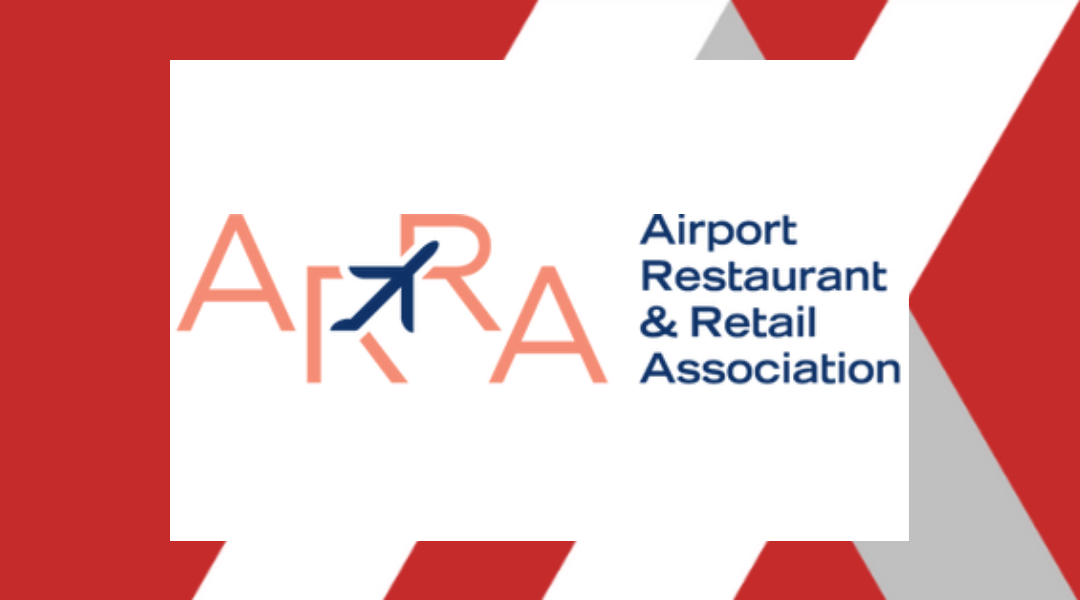Construction costs and challenges were the theme of this week’s Airport Restaurant & Retail Association (ARRA) call as traffic ramps up and airports and concessionaires restart stalled projects. Skyrocketing costs were a problem before the pandemic and, despite a reshuffling of construction priorities among most airports, they continue to be a problem now.
The call featured two long-time industry experts. Nick Baker, president and CEO of SmartDesign Group, has spent the past two decades planning commercial space in airports. Damon Mann, a senior estimator with Hensel Phelps Construction, has spent several years in airport terminal construction, mainly at Los Angeles International Airport (LAX).
Both executives highlighted the startling differences between construction costs in an airport versus on “the street.”
Baker said that the cost to develop a commercial space in an airport “is anywhere from 30-40 percent more expensive than developing an identical space on the street.” And that’s just an average, he added. In some markets the premium is much higher.
For on-airport construction of terminals and other buildings, the cost differential can be even more. For an airside project, there is “easily at 40 to 60 percent increase in costs over what you see on the street side,” Mann says. “And a lot of that has to do with logistics for badging … material deliveries…” Insurance costs are also higher, he added.
“We always say that you get basically five hours worth of work for an eight hour day,” Mann said.
With the pandemic easing somewhat, airports and concessionaires are pushing forward on construction projects. “The good news and the optimistic news is that over the last four or five months, the projects have began to really kick in,” says Baker. “These are new airport infrastructure projects, getting back on track… and moving ahead, very, very fast.”
Baker says clients who believe costs will have come down given the recent slump in business are misguided. “I don’t think we’re getting any relief from it,” he said, noting that materials costs, subcontractor costs and others have increased, and imports of supplies are being hit with additional tax levies.
Mann outlined various scenarios currently in play, none of which lead to a downturn in costs. He suggested clients need to take a hands-on approach. “Get involved early,” he says. “The sooner you get involved and start coordinating [with landlords, designers and others], the better off you’re going to be.”






